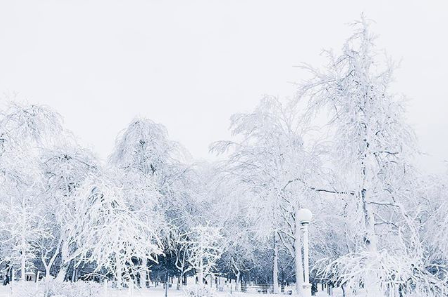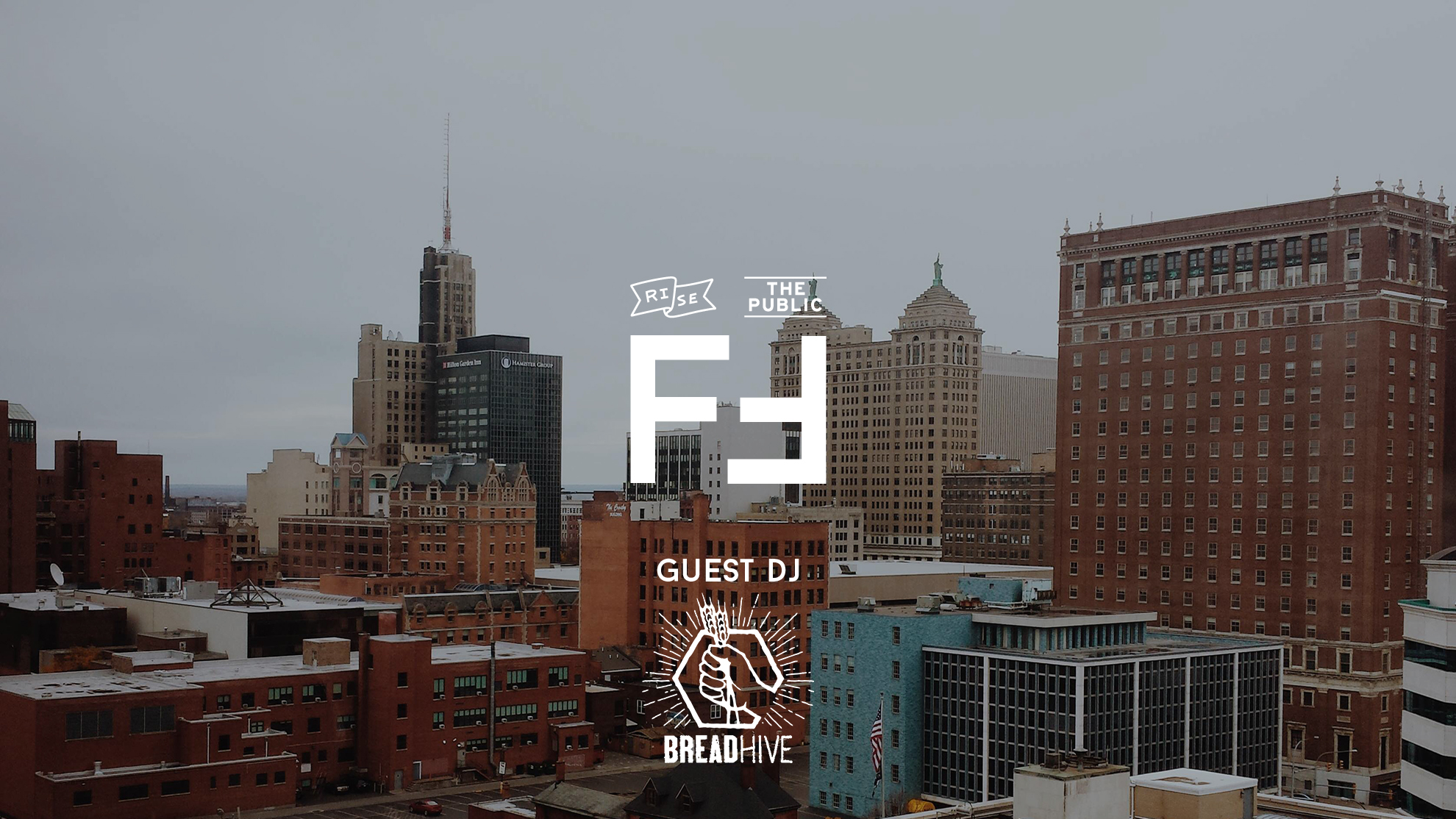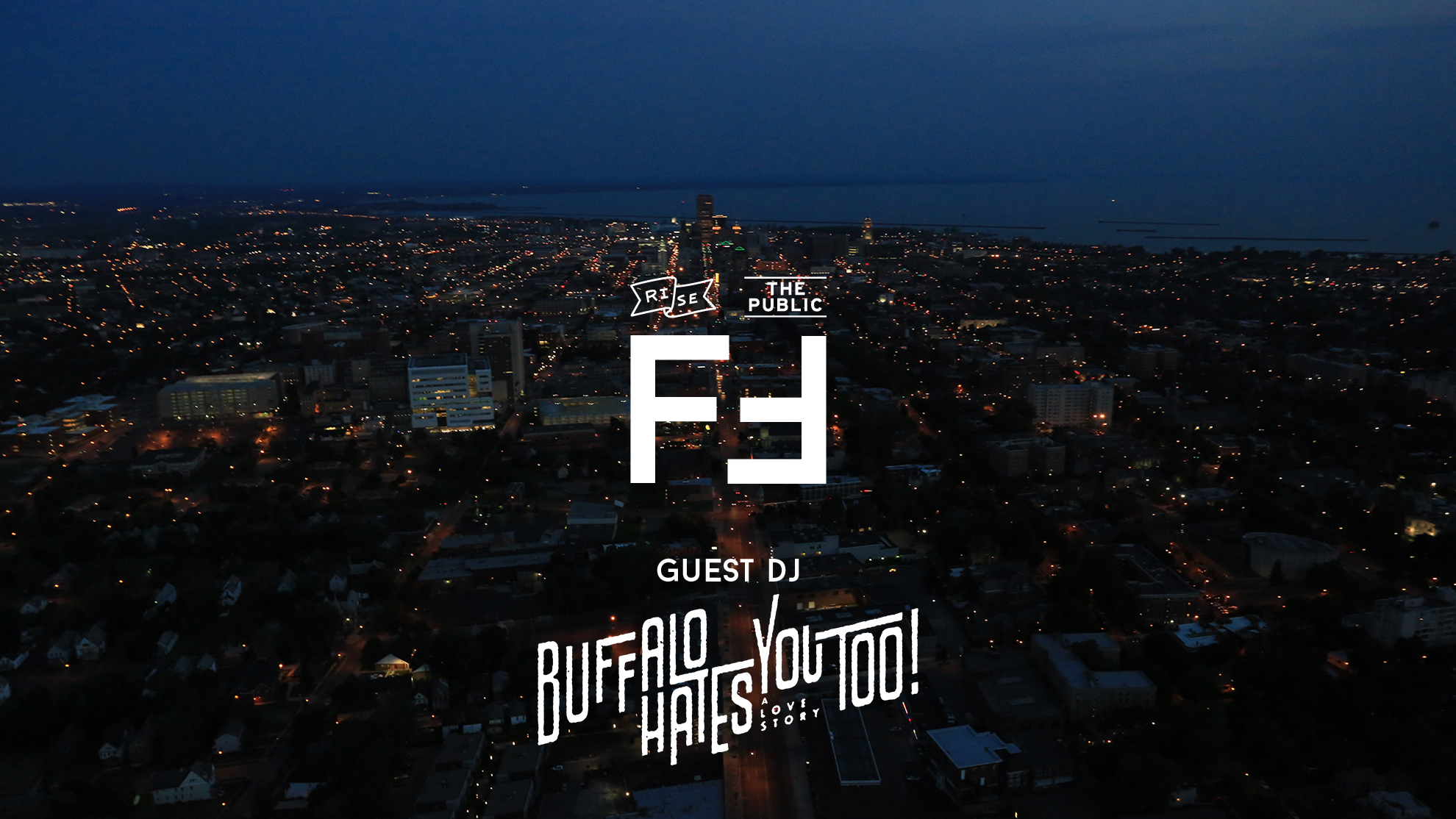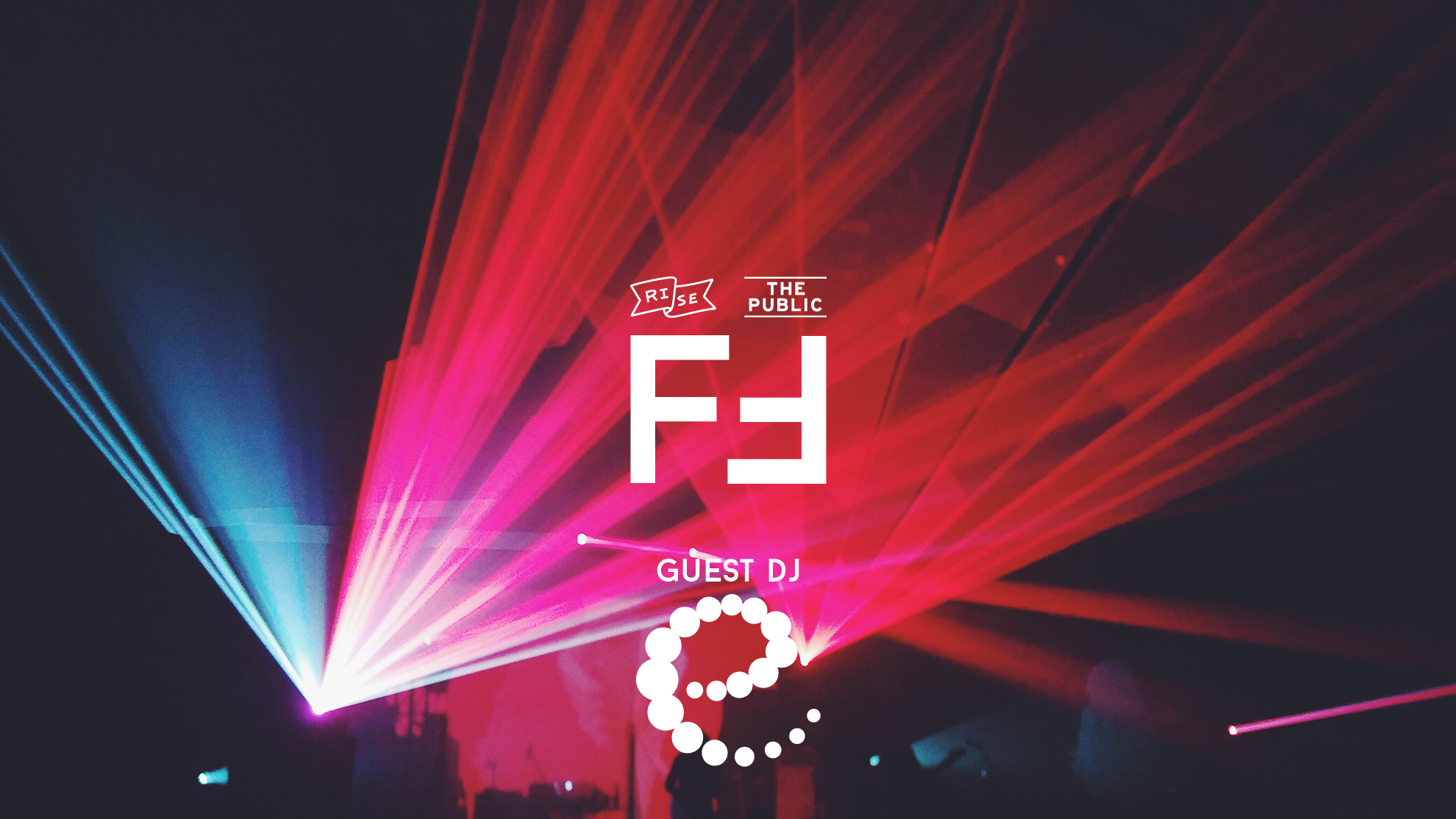By Kevin Heffernan
“Everyone started exploring their own city again”
First, a disclaimer that we use “revival” loosely in this title. Buffalo still has so much work to do to bring everyone from every neighborhood into the fold. From Schiller Park to Front Park, South Abbott to University, and Riverside to Lovejoy, everyone needs a shot at this new economic opportunity, not just real estate developers.
With that said, a positive attitude and pride in our hometown means more than just defending it to some stranger in a bar while out of town. It means people are more likely to take risks from fixing up a house in the city, believing the city schools are going in the right direction and not fleeing to the suburbs for theirs, opening a business instead of staying trapped in a job you despise, and more. Confidence in Buffalo began for a number of factors after 2010 – cranes building new hospitals and hotels, historic tax credits bringing old, beautiful buildings back to life, and (even though we have our issues with them) the Pegulas securing a future for the Bills and Sabres.
Those things helped, but the catalyst was when Bass Pro bailed on all the tax breaks we could muster and saved Canalside from becoming a parking lot with a big box store in the middle of it. We collectively said, “Screw you, Bass Pro – we’ll develop this shit ourselves.” At that same time, Instagram became available to both Apple and Android users and everyone got into the photo game.
If you listen to the app’s founders talk about the turning point for their operation, it was founder (They have since walked away out of disgust with Facebook) Kevin Systrom’s girlfriend who admitted she didn’t want to post her photos publicly because they paled in comparison to Kevin’s friend’s photos. “Oh – his just look good because he applies filters to them.” That was a lightbulb moment where IG was born. Allow people to take a decent shot, but apply preset filters that made it look incredible, and now everyone had confidence taking a photo.
Sure, the talented photographers out there still produce way better images based on their eye, their light, and their manual edits, but they can’t intimidate a novice out of the app. After the first 10,000 photos of City Hall went up, people started trying to find something new to highlight, and they hit the streets, looking for beauty. What they found wasn’t just a city ripe with forgotten history, but people and neighborhoods that were nothing like the negative 20 seconds of news coverage they received from CH’s 2 4 & 7. Artists, likely our city’s greatest asset outside of fresh water, also got a ton of exposure they’d never seen before, and suddenly we all started realizing what we had on our hands.
We’ve gathered some photographers we’ve been liking, loving, and collaborating with since Rise got started in 2014, and asked them for some favorite old photos, either a direct image, or a specific post, and hear about what they found when this all began:
Greg Meadows
@_gmeadows
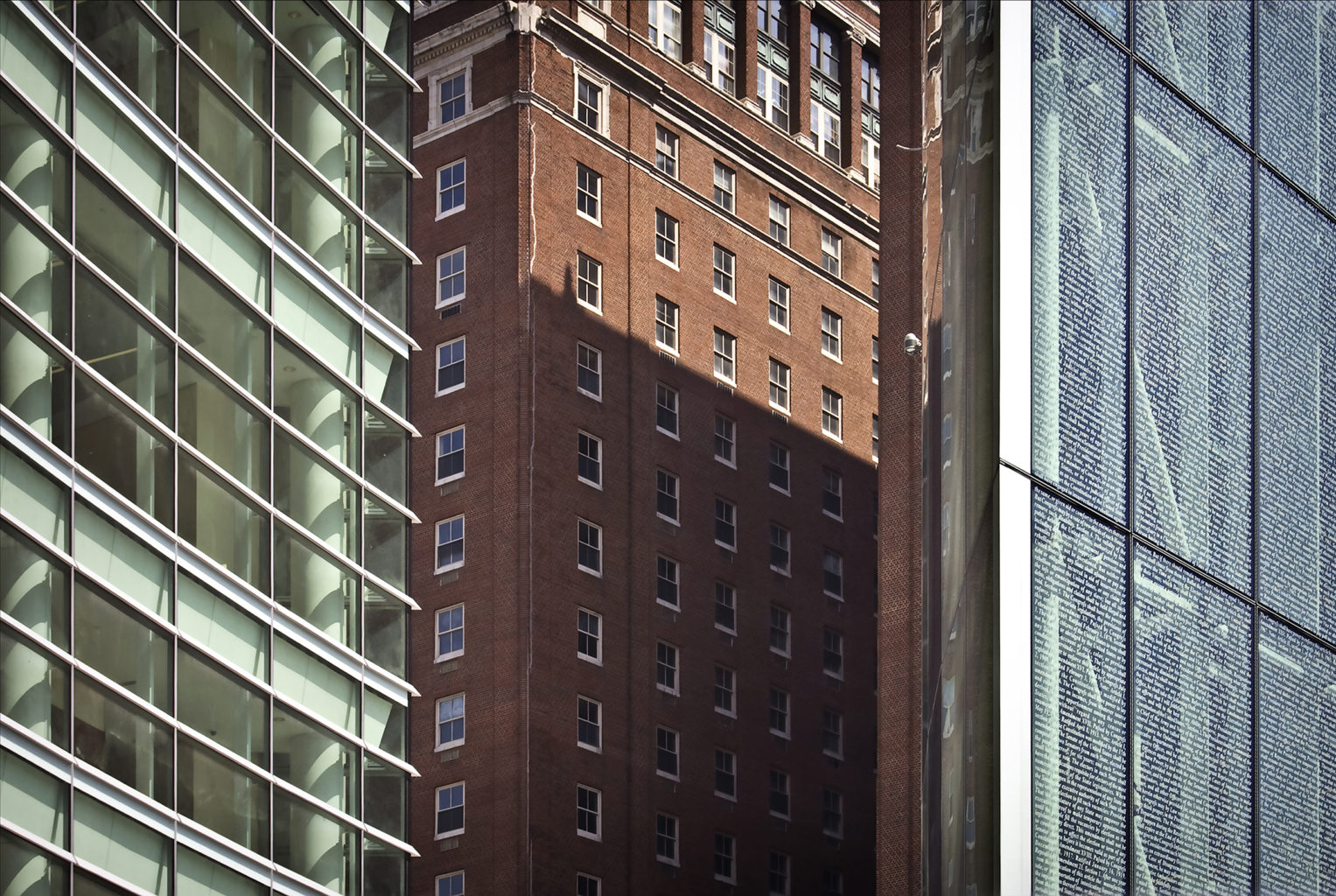
Christina Laing
@christinalaing
Rook Hawkins
@likerook
How eye explored the city at that time? wow lol eye was always in a bar or at Battle @ Buffalo really traveling dancing. Keeping it simple is my thing. Natural moments are my ish….. free style is the way of flow for my work! No boundaries can stop the flow of creativity! Go Adventure! Find out what awaits…. it’s yours!
Kevin Rybczynski
@buffalony
Early Instagram helped show all that was good in Buffalo. These photographs helped reinvigorate the pride Buffalonians always had. Users now had a constant stream of what made the city unique and could see the city’s turnaround.
Stephanie Dubin
@artiswhy
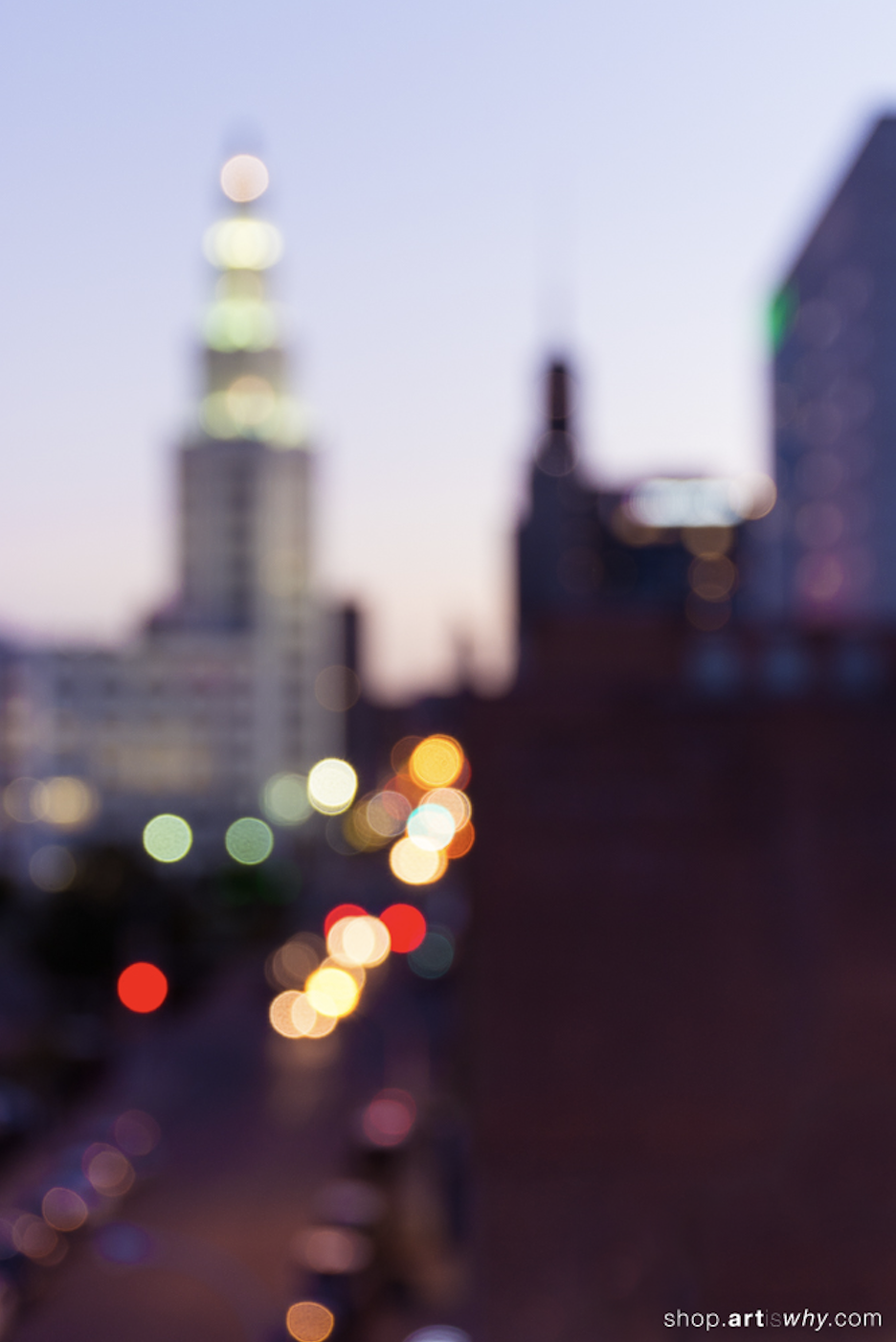
Attached is my favorite photo, taken in 2015, when I had sweet rooftop access in various spots downtown. During that time I was experimenting a lot with taking completely out of focus photographs of prominent Buffalo buildings using form and color and lots of bokeh to evoke a mood. I mostly explored the city by foot and bicycle. IMHO, it’s one of the best ways to discover new locations and unique spots to take photographs. You definitely miss the little details and crevices of the city when traveling by car.
Chris Hyzy
@christopherhyzy
View this post on Instagram
This photo was snapped the inaugural night the grain silos were lit up. It’s hard to see, but there was a massive crowd at Canalside for the event. For me, it’s the coalescence of that year: something brand new and unique that everyone came out to enjoy, and a brand new way to view it all from the air.
I’d like to think that aerial photographers like myself and others that were showing off Buffalo’s architecture, as never seen before, helped rebrand Buffalo in some small way. Instagram users and those on other social media platforms who thought they knew Buffalo were now afforded beautiful and unencumbered views of our city’s architectural gems.
Tom Warner
@tcwarner
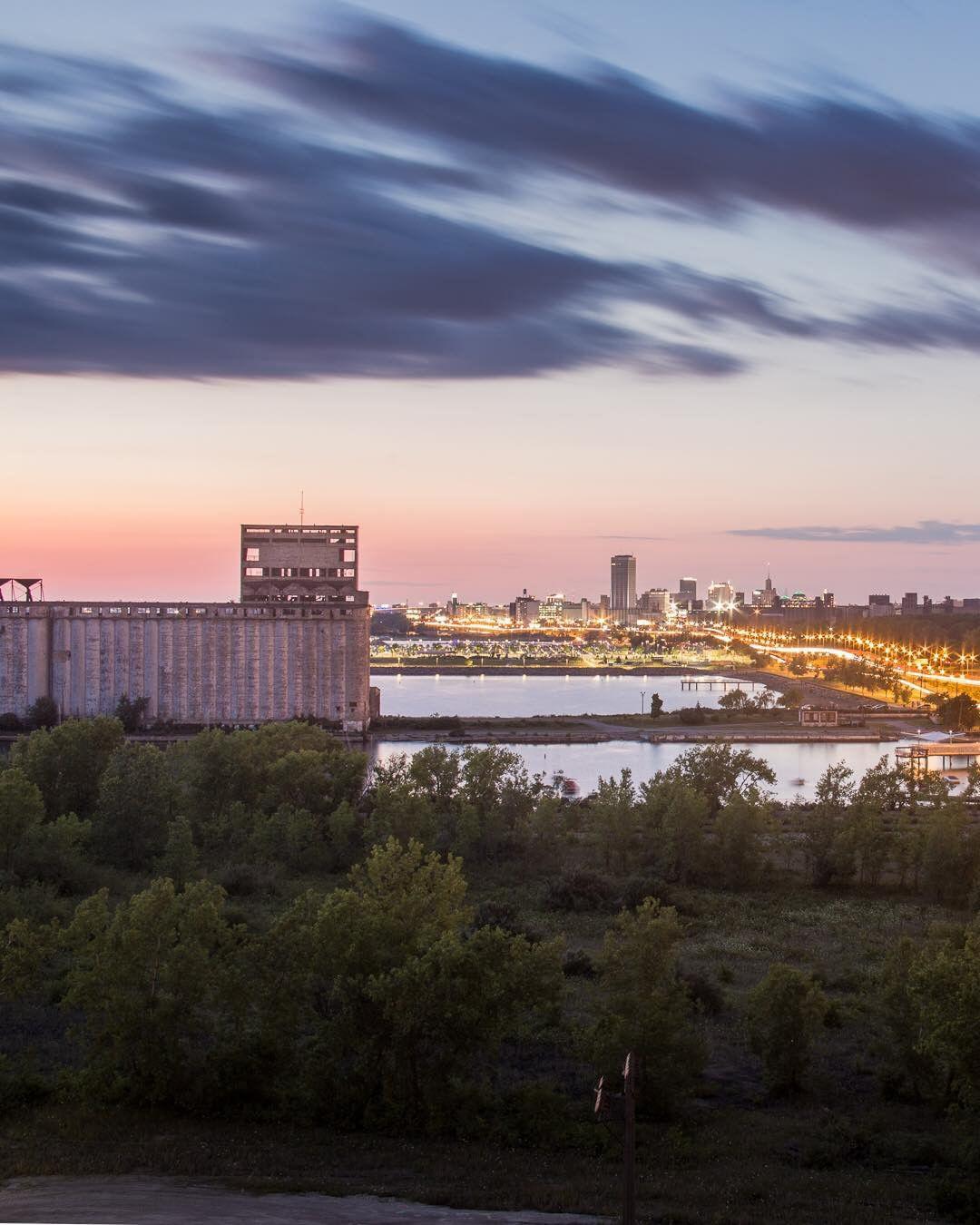
When I returned to Buffalo from time away in College I was inspired me to stop taking our city for granted. With the help of some new friends I spent time trying exploring the more uncommon areas of Buffalo and learning about its past.
Jim Cielencki
@jimcielencki
In 2013, just two weeks after moving back to Buffalo, I shot this “Short Circuit” gas pump photo of the now razed gas station in the Old First Ward. The last thing I expected to be upon returning was a runner, but almost instantly I was exploring the place I called home. Each run built in me the uneasy feeling that I really didn’t know Buffalo like I thought. Unknowingly, I channeled the urban planner Patrick Geddess’ diagnostic survey technique with each run, each photo on Instagram, and each “new to me” street. How do you learn about a place? Today, you go out into the streets, shoot photos, and listen to the people that live there.

